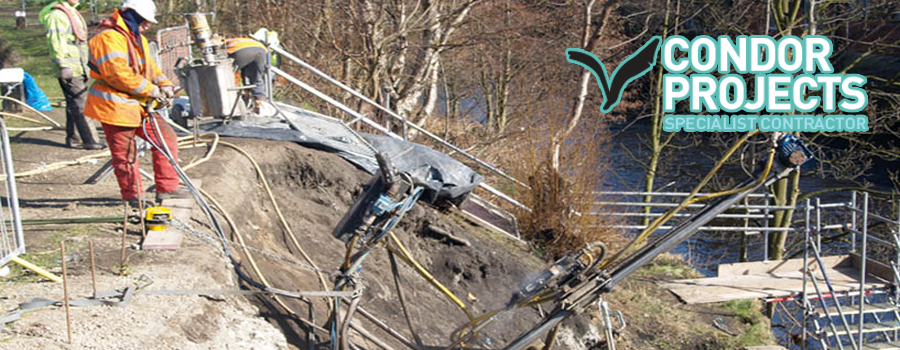The stabilisation
of soil is basically an improvement
program through which characteristics of a soil type present on a construction
site is altered and engineered in a way to accomplish the construction project
successfully. It is equally important for both commercial and domestic
projects.
To stabilise soil
is necessary because of various reasons, some of which include resistance from
the damage caused by water or adverse environmental conditions, for improving
tolerance for bearing heavy weights, etc. There are various ground stabilisation
contractors, which provide expert
services in the stabilisation of soil and modification of the soil type.
Experienced contractors
A good contractor
evaluates and accesses the area of construction properly to find out the areas
of improvement and modification, which is needed
for the safe ongoing of the project. Experienced engineers and workers imply
the use of advanced tools and effective technologies to overcome any observed
shortcomings.
Ground
stabilisation contractors adopt three major categories of stabilisation method,
which includes mechanical methods, chemical methods and use of polymers, to
modify the soil or to alter it positively.
Soil stabilisation through mechanical methods
There is various equipment used by contractors to mix and
stabilise soil in order to modify it. For
slope and soil stabilisation various equipment
like crane box drilling, portable rigs, Skid Mountain drills, etc. are used.
Mechanical methods like
Shotcrete and excavation may take more time than other methods because they
need manpower and force application by
them on the soil present on-site.
Chemical methods
Chemical methods
may cost you more, but they are adopted
for a better permeability of the soil as well as to increase the density of the
soil in a controlled manner. Some of the most famous chemical soil stabilisation
method includes Lime soil stabilisation, use of sodium silicate and use of
sodium chloride.
These methods can be applied on
the construction areas where a heavy
amount of plastics and other harmful chemicals have been found in the clayey
soil and are deteriorating the quality and performance of the soil.
Use of grouting
The grouting
technique can be of various types including clay grouting, Bituminous grouting,
Chemical grouting, etc. In grouting, Stabilisers
are injected into the soil to alter its chemical and physical properties. It is
an expensive method and hence one should
rely on experts for the proper
implication of this method at the site to achieve stabilisation.
Use of polymers or fabrics
Use of polymers or
fabrics in soil stabilisation is comparatively a new method. Use of geotextiles
in ground stabilisation is an effective method to achieve soil stabilisation in
a safer way than chemical methods.
They are also
cheaper than various soil stabilisation methods. Uses of metallic strips,
synthetics such as PVC, polyesters, etc. are some of the effective ways to
obtain soil stabilisation successfully.
All of the soil
stabilization techniques are mostly employed in construction projects
throughout the world. Out of all, polymer based solutions are rapidly gaining
popularity, as they are cost saving, offers environmental benefits, easy to
use, and many other significant perks.
